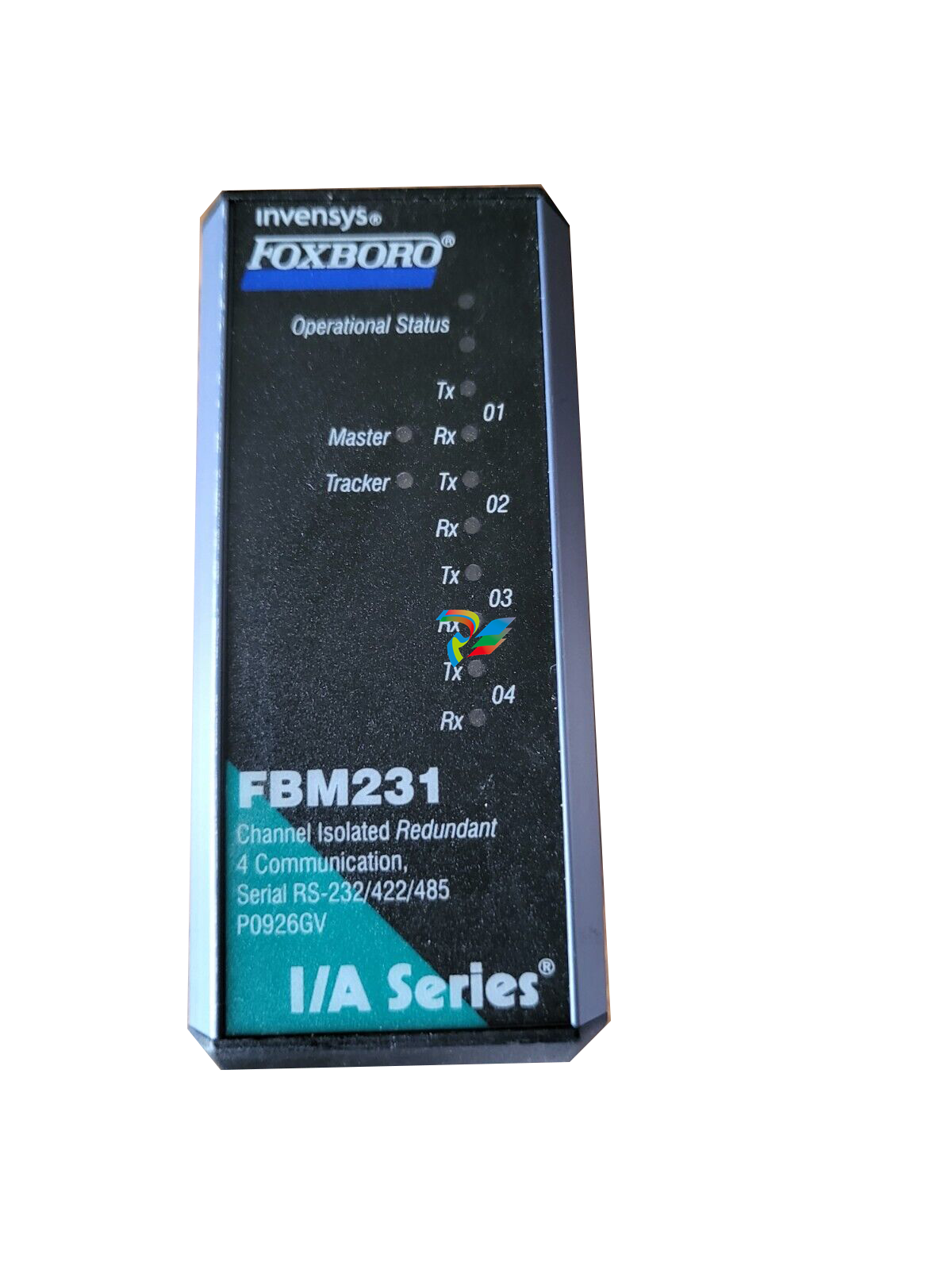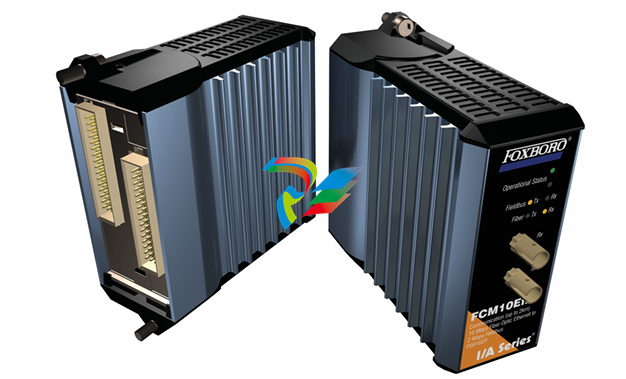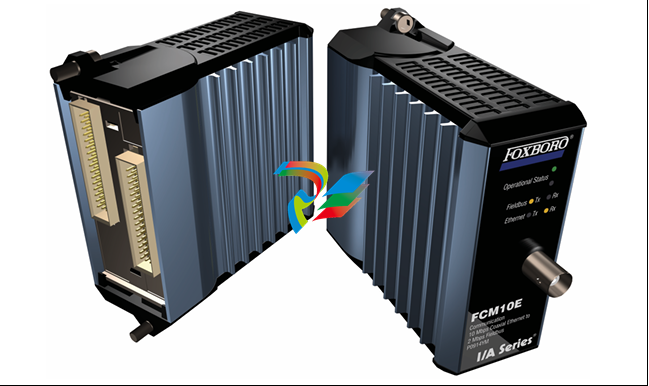
ProcessLogix R500.1 Selection Guide
• Database Modification in Progress, Try Again Later
• Point Build Error
In extreme cases these errors may cause Control Builder to stop functioning. If
this happens, you should restart the Control Builder and reload the server
points to ensure that the changes take effect. Data should not be affected.
Client/Server Communication Capacity
Server Notifications
Table 3.G Server communication NetBIOS session capacity
Session type or activity Comment/example
Time Sync Active once every configured Time Sync period.
Shared Drives/ Displays Active continuously, if Station Client get displays from
central Server.
Shared printer Active continuously if linked to a network printer for
Reports, etc.
Server Redundancy Uses from 1-3 Server Sessions based upon User/Login
Configuration settings. (Also requires Time-Sync)
ER Server Active during replication on Redundant Servers.
Multi-User CB Active during Point Build (uses shared drive)
Snap-Shot Save & Restore Active during this operation (uses shared drive)
Server Type Simultaneous NetBIOS sessions available
ProcessLogix Server on Windows 2000 Server Unlimited (See Microsoft license restrictions)
Table 3.H Server Notifications
Server Notifications Value
Maximum number of events (burst condition)(1) 1000 events
Maximum number of events/second (sustained) 40/sec
Maximum number of alarms/second (sustained)(2) 20/sec
Maximum number of remote OPC A&E Servers subscribed to by the ProcessLogix Server(3)
Maximum number of remote OPC A&E Clients supported by the ProcessLogix OPC A&E
Server
5
(1) Event Burst Handling
The ProcessLogix Server Alarm System will handle an event burst of up to 1000 events, with a minimum time between consecutive
bursts. An “event burst” will be defined as a group of events greater than 40/sec, received from all connected Event Servers in a period
of less than 3 seconds. The time period required between consecutive bursts, to allow for event processing, can be calculated using
the following formula:
T = BS/(40-ER) Where:
T = # of seconds required between bursts
BS = Burst Size (number of events in the burst)
ER = Event Rate between bursts
Examples:
1) 1000 Event burst and no events between bursts: T = 1000/40 = 25 seconds
2) 500 Event burst with 30 events/sec between: T = 500/10 = 50 seconds
(2) Up to two events are also generated for every alarm, including one event for entering the alarm condition and one for return to normal.
(3) OPC Alarm & Event Support: The ProcessLogix Server includes the option to support reception of OPC Alarms & Events, in addition to
native ProcessLogix notifications. When an OPC Alarm & Event Server has been configured to generate notifications to captured by the
ProcessLogix Server Alarm System, the notification limits noted above are applicable to the combined set of events received from all
event sources configured.













































.jpg)
.jpg)
.jpg)





.jpg)



.png)
.jpg)

.jpg)
_lVjBYb.jpg)

.jpg)
.jpg)



.jpg)
.jpg)





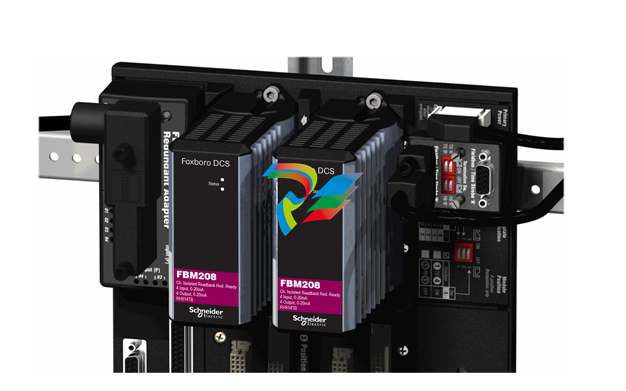
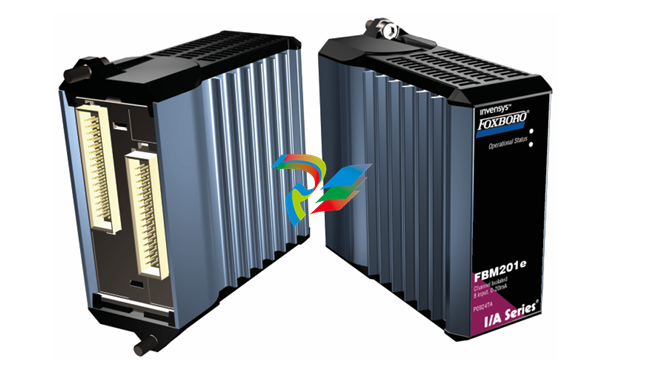
.jpg)
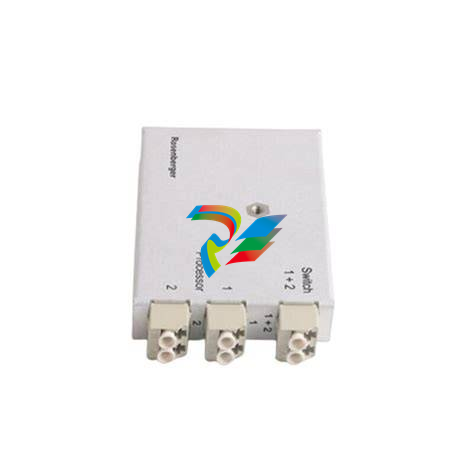
.jpg)
.jpg)
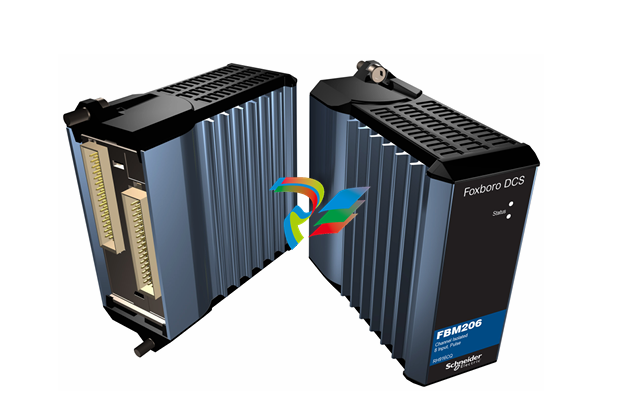
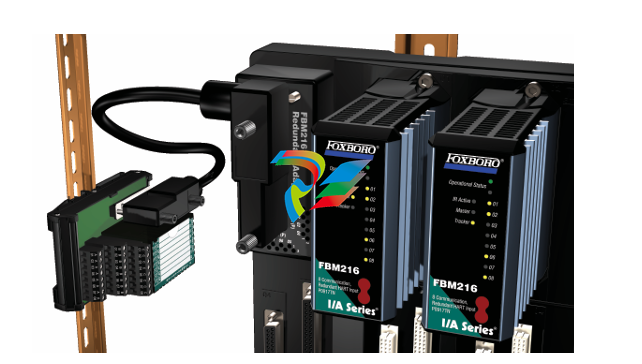
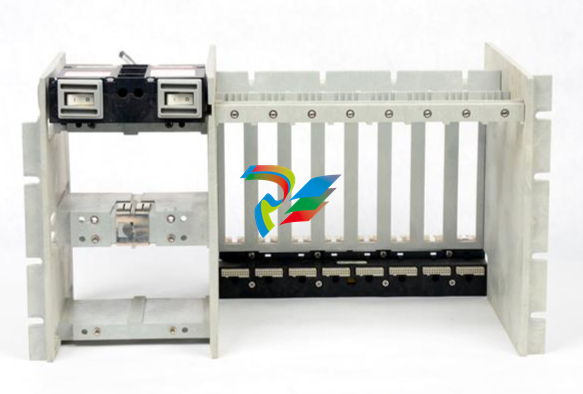
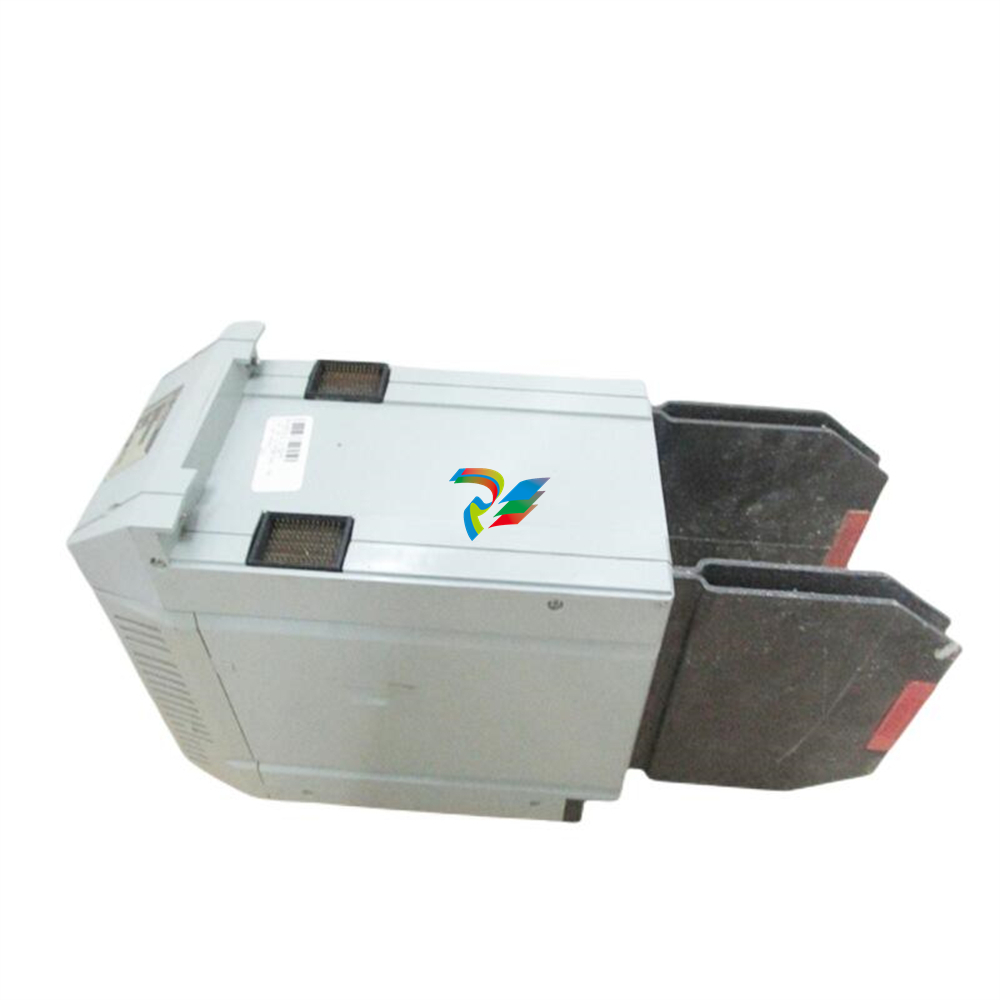
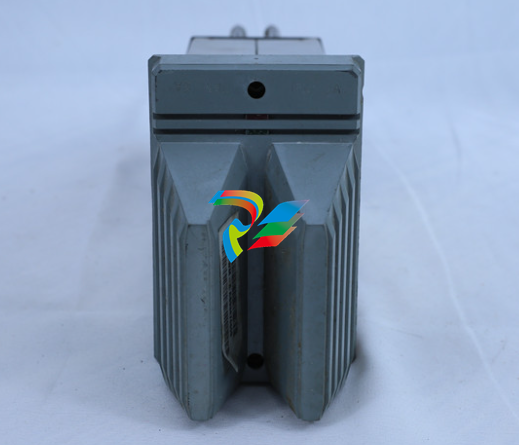
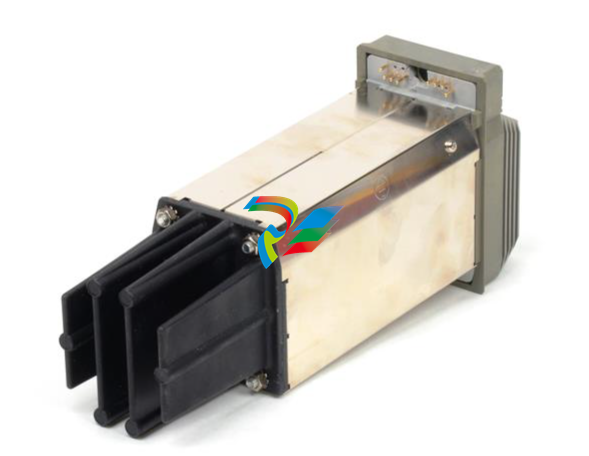
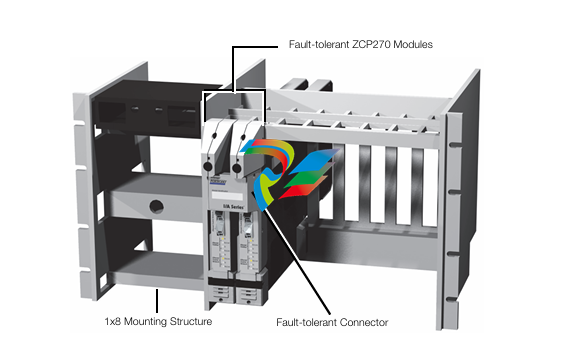
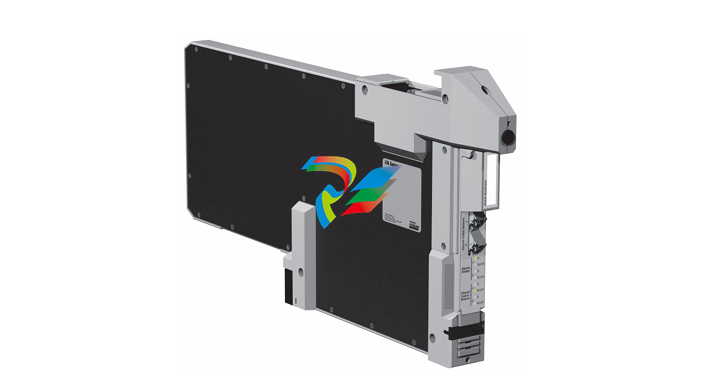
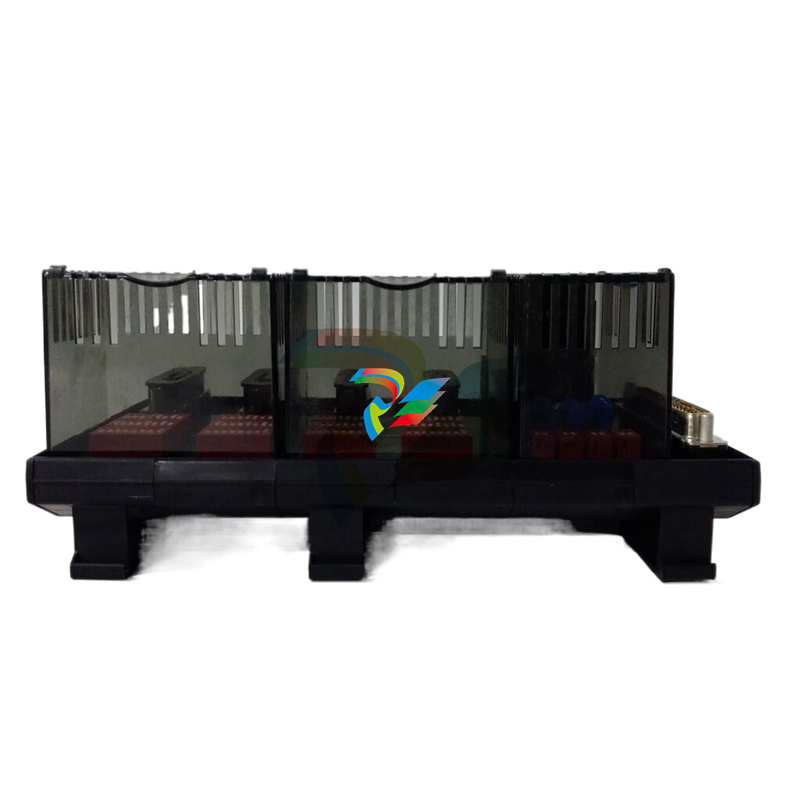

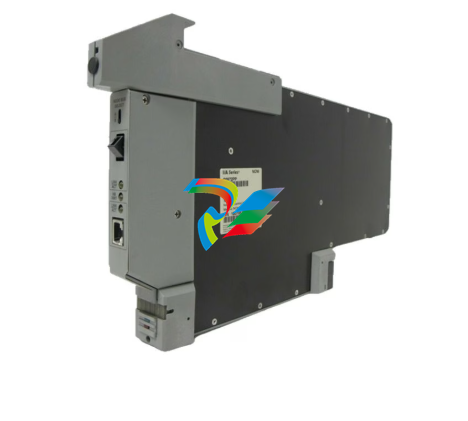
.jpg)
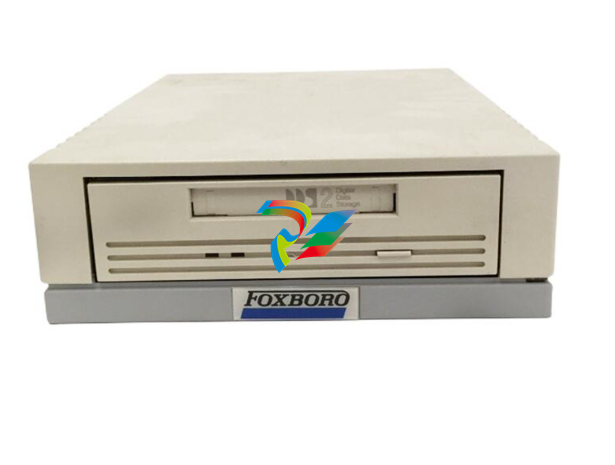
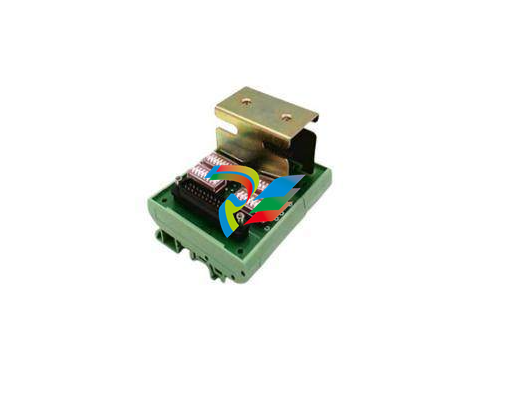
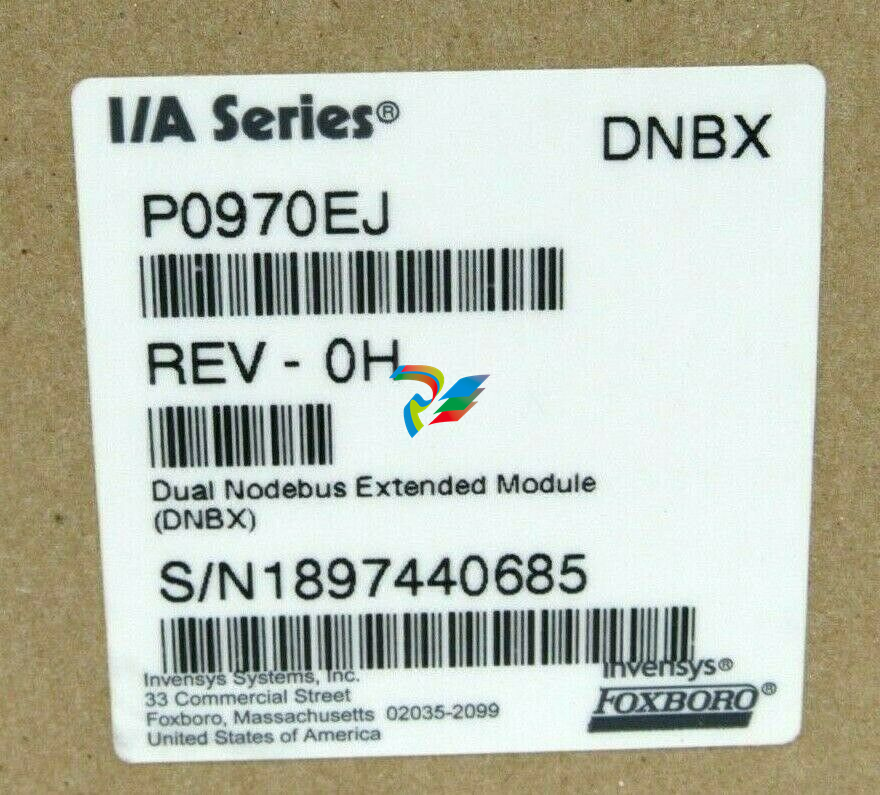
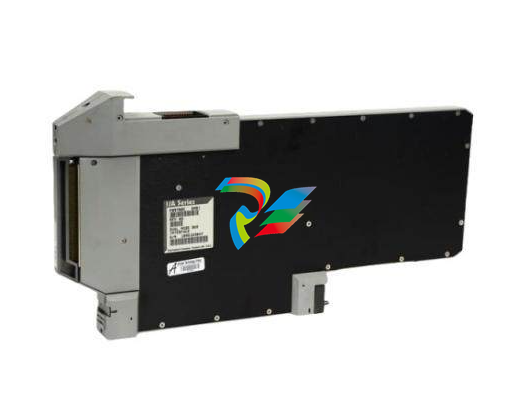
.jpg)
.jpg)
.jpg)
.jpg)
.jpg)
.jpg)
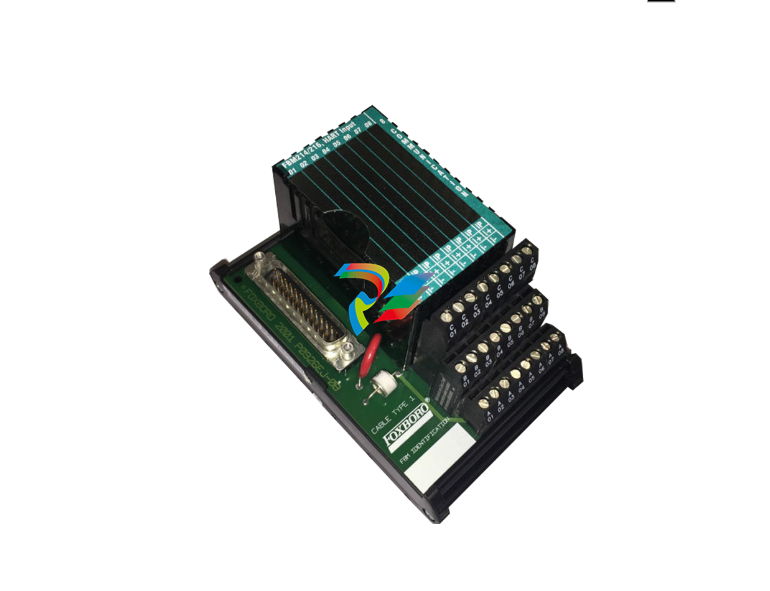
.jpg)
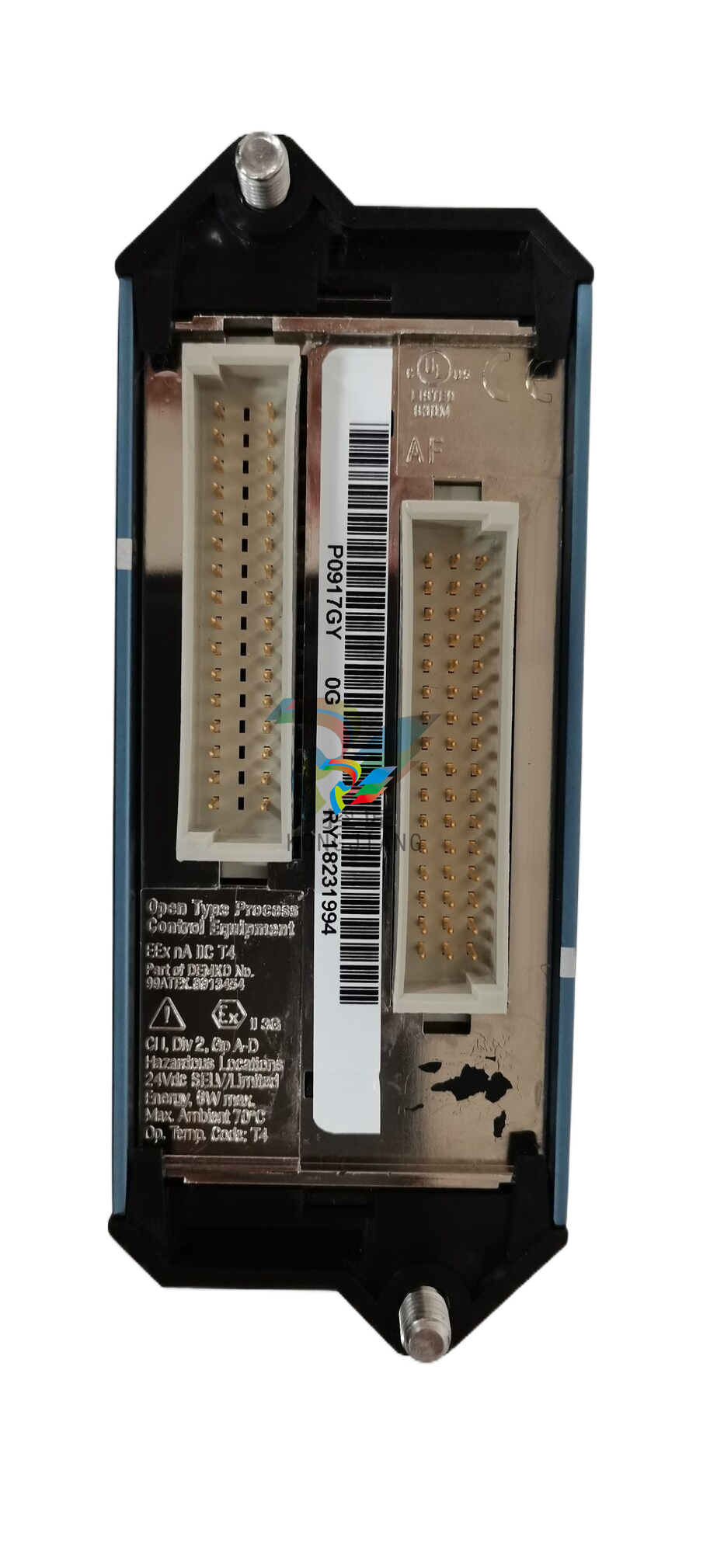
.jpg)
.jpg)
.jpg)
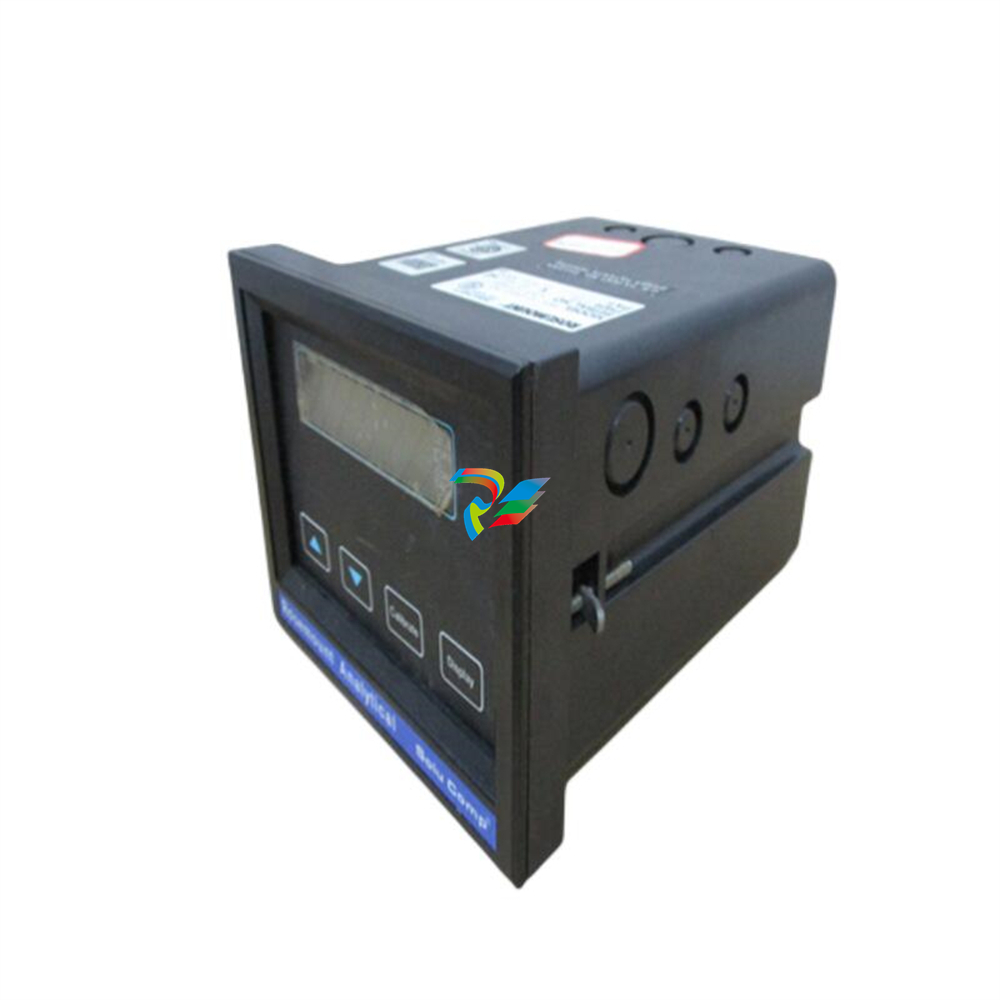
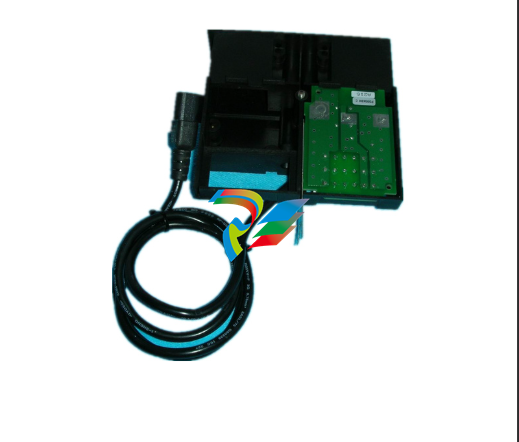
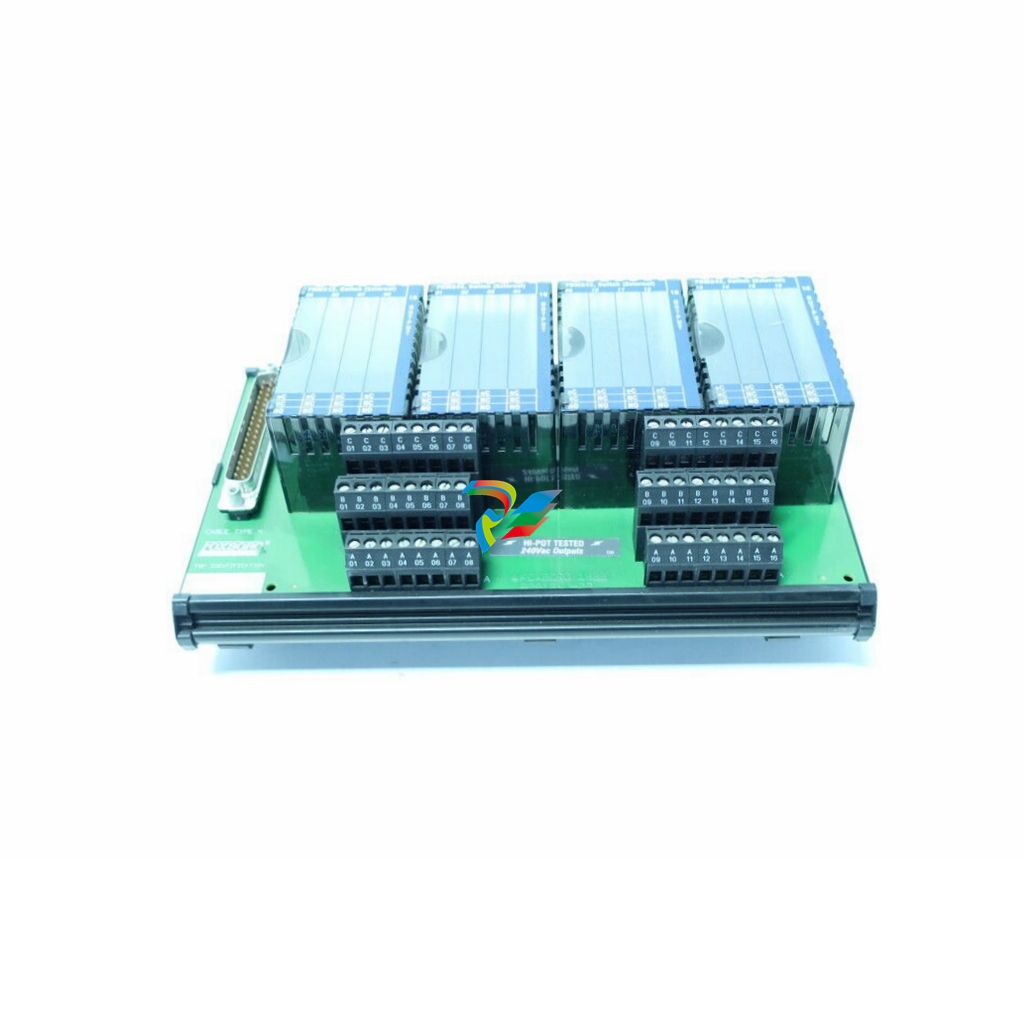


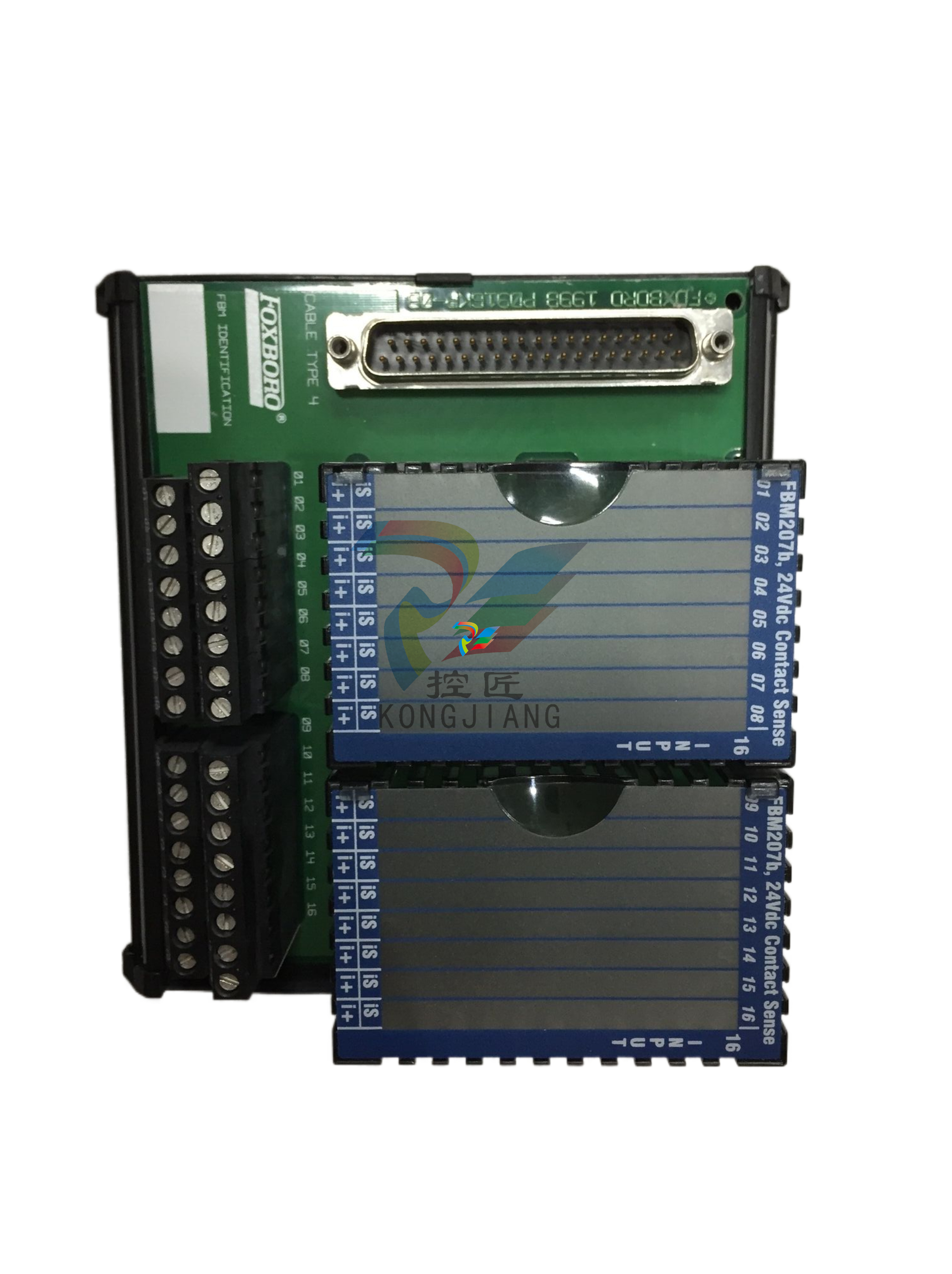
.jpg)
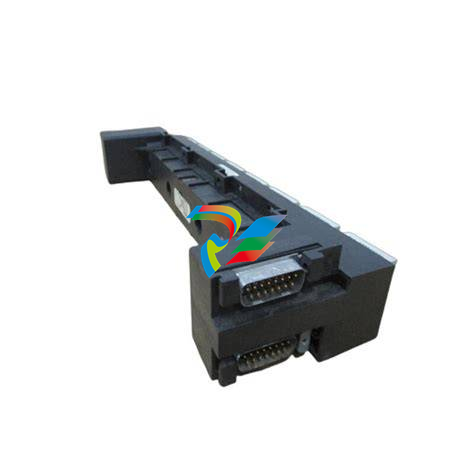

.jpg)

